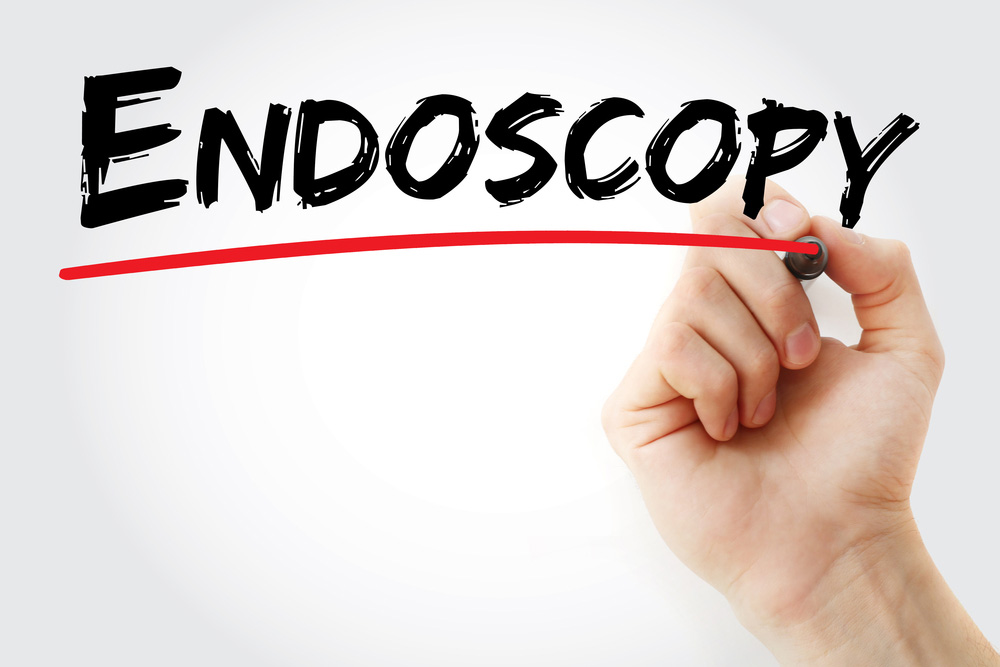Modern GI endoscopy systems with inbuilt computer algorithms can detect and identify lesions with high accuracy through analysing specific features like vascular patterns, pit patterns, colour differences, microscopic topological differences, etc.
Over the years, diagnostics and therapeutics have gone through various revolutionary advancements to match the growing needs of physicians and patients. Minimally invasive technologies with high focus on early diagnosis and faster recovery are driving the rapid evolution of endoscopy.
Endoscopy which started its journey in 18th century, when the interior aspects of the body could only be viewed using a crude speculum and candlelight, has now matured to the current day scenario when advanced procedures like capsule endoscopy, balloon-assisted enteroscopy, endoscopic ultrasound etc. are done regularly.
Driven by an increasing frequency of endoscopic procedures & exponential advancements in skill enhancement, technology is going through a radical transformation with innovative developments like zoom endoscopy, motorized endoscopy, and other advanced image processing technologies like RDI, TXI, NBI used widely in endoscopic procedures.
Disease patterns too are experiencing a shift with higher penetration of lifestyle diseases to increased incidences of GI cancer that are possibly linked to a fast lifestyle and changing food habits. To cater to these changing needs, there is a high focus on early & accurate diagnosis, where technology is partnering with advanced image processing techniques and error free detection.
Many countries have established rules for mandatory health check-ups at regular intervals with a focus on early diagnosis, and thus a better prognosis and treatment. This becomes critical for a growing population and an ageing matrix as technology, human operation and interpretation go hand in hand in diagnosis. This is where new age tools like AI, machine learning and automation offer enhanced disease management, remove the possibility of human error, and streamline the overall healthcare delivery process.

Artificial intelligence refers to pre-programmed algorithms that can take decisions and make predictions based on their learnings from thousands of datapoints collected and analysed over vast periods of time. These datapoints may include scans of a patient’s diseased organ & images from routine endoscopic procedures.
The said algorithms are trained by humans to identify different types of abnormalities (lesions) or to look out for specific indications (surface irregularities, discoloration etc.) on the type of organ or tissue being scanned and predict/alert for the abnormalities. Unlike humans, AI systems do not tire from exhaustion, are not constricted/dependent on relevant experience & deliver an error free result.
For example, esophageal cancer diagnosis relies on upper tract endoscopy followed by a biopsy. Analysis of endoscopic images under NBI, with the help of an AI algorithm would greatly increase the chances of accurate identification of the lesions. Similarly, AI assisted endoscopy also helps in early detection and accurate identification of colonic polyps that have a chance of developing into colon cancers, another leading cause of adult mortality across the world.

Manager- Business Analytics, Olympus
Modern GI endoscopy systems with inbuilt computer algorithms can detect and identify lesions with high accuracy through analysing specific features like vascular patterns, pit patterns, colour differences, microscopic topological differences, special appearance under wavelength selective lights (NBI), etc. New age AI processing employs 520X zoom & use visual staining techniques for visualization of cellular structures to get histopathological references in real time during an endoscopy procedure in many advanced countries.
Many leading medical device companies are now working extensively to develop AI enabled systems in the field of endoscopy. The products like ENDO-AID, is a cutting-edge platform powered by artificial intelligence (AI), and includes the endoscopy application ENDO-AID CADe (computer-aided detection) for the colon. It uses a complex algorithm via a neural network. With this new application, the system’s sophisticated machine learning can alert the endoscopist in real time when a suspected colonic lesion (such as a polyp, malignant neoplasm or adenoma) appears on the screen. These lesions are sometimes impossible to detect with a normal eye. This results in an increase in adenoma detection rate (ADR) on the prevention of colorectal cancer (CRC), which is a growing heath concern across the world.



